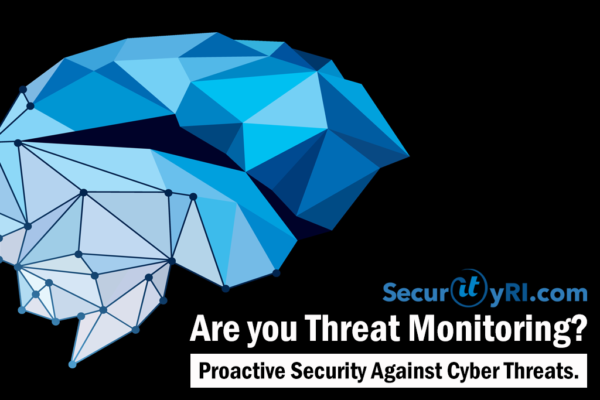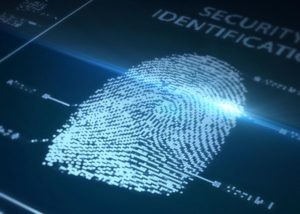Are you Threat Monitoring?
Proactive Security Against Cyber Threats
Too many organizations leave their network security to chance. If everything is running smoothly and you’ve never encountered a security breach, proactive security solutions may seem like a big investment, but have you sat down with your MSP or IT Team and looked at the list of potential expenditures associated with a data breach? Cybersecurity risk is business risk.
Also, cybercriminals are constantly evolving their methods—and to make matters worse many small and medium-sized business (SMBs) are prime targets for cybercriminals. According to Cisco’s 2018 SMB Cybersecurity Report, SMBs normally have less-sophisticated security infrastructure and in-house security experts:
Threats typically targeting SMBs:
- Malware
- Phishing attacks
- Illegal file transfer
- Viruses
- Ransomware
- Botnets
- Web app attacks
- Intellectual property leakage
- Email spam and malware
- DDoS attacks
Here are 5 Tactics Where Treat Monitoring Can Assist:
- Fast Threat Detection – receive immediate alerts or know your system is being proactively serviced by your local MSP.
- Consistent Security Monitoring – monitoring is 24/7, 365. Security is not efficient if it’s not operating continuously.
- Alerts – you should be receiving high-level alerts from your local MSP. The alerts help the client understand the MSP’s proactive approach on keeping their infrastructure safe.
- Simplified Compliance Efforts – keep it simple and secure (learn, comply, and succeed).
- Remediation – you cannot keep a secure / safe infrastructure without consistent remediation. Technology is growing as we speak – so you need a company or your technology staff to learn and educate. When you find vulnerable systems, you must outweigh the risks and upgrade when the funds are available. Upgrading systems has many additional positive factors as well. Upgraded systems – make your organization more efficient, while catering to your employees.
How can SecurityRI.com help?
We can provide a non-intrusive Network Assessment (health check):
- Diagnose slowness, problems or concerns you may have with your network. Our IT technicians will convert the highly confusing tech-terminology into plain English language on what is causing the issues.
- Confirm you have proper security updates in place
- Verify your backup procedure and ensure its operating correctly.
- Check the integrity of your server(s) and workstations
- Monitor your overall system performance
- Answer any questions you may have with the Health Check
- Secure a plan on increasing your security measures










